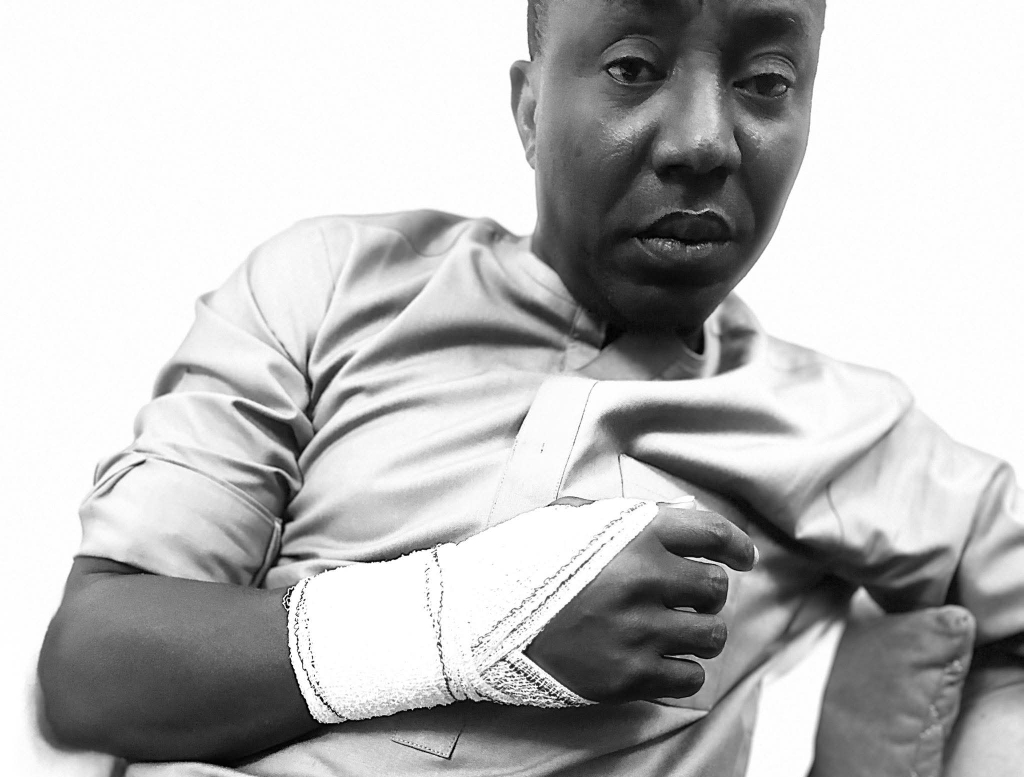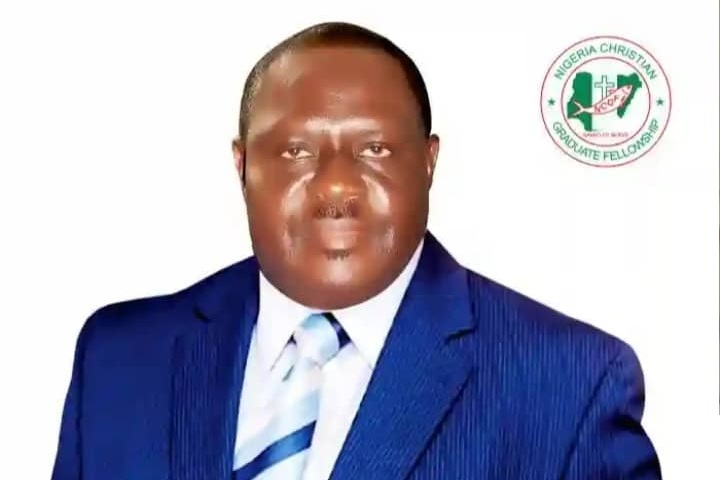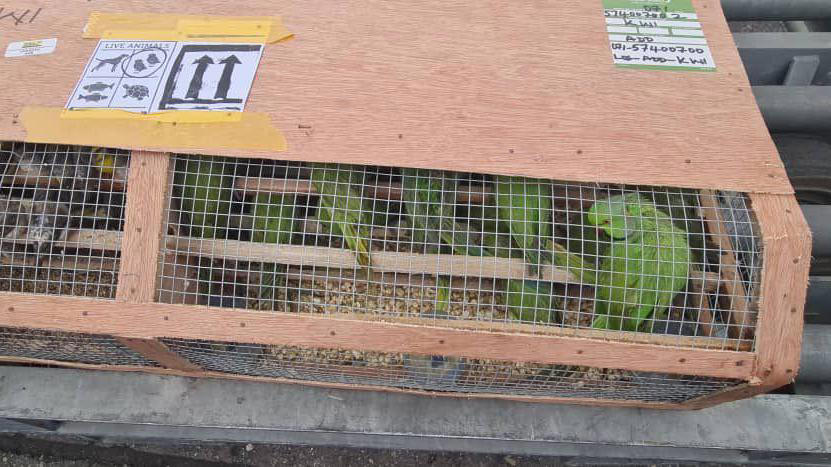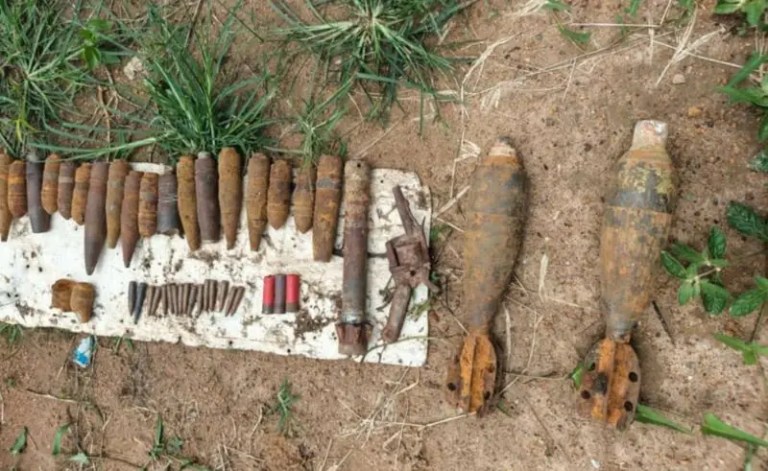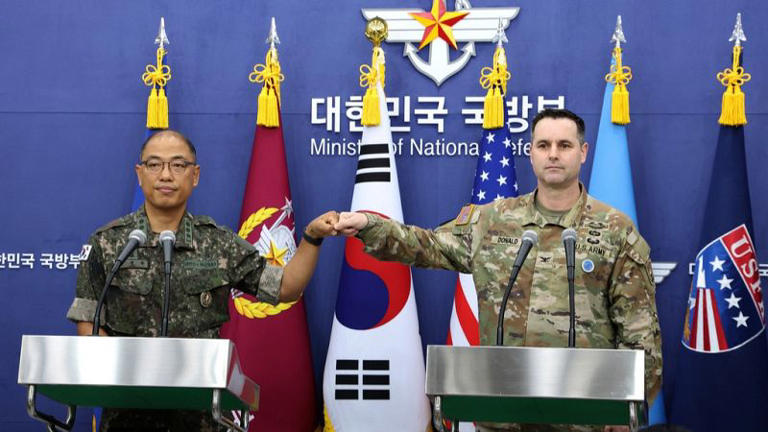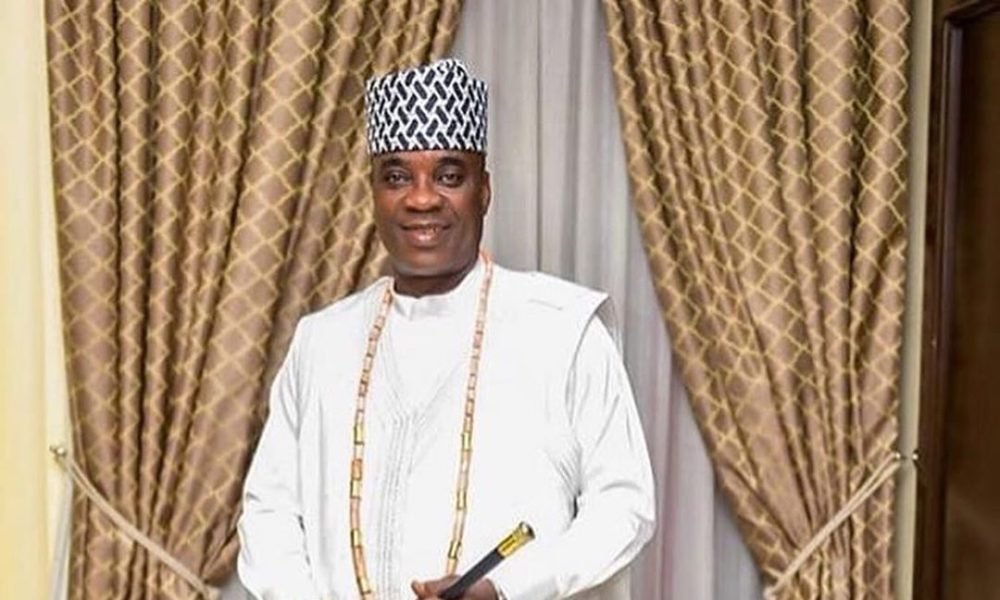Featured
‘Utterly Foolish’: The Forgotten Firebombing That Scorched Japan Hours Before WWII Ended
DDM News
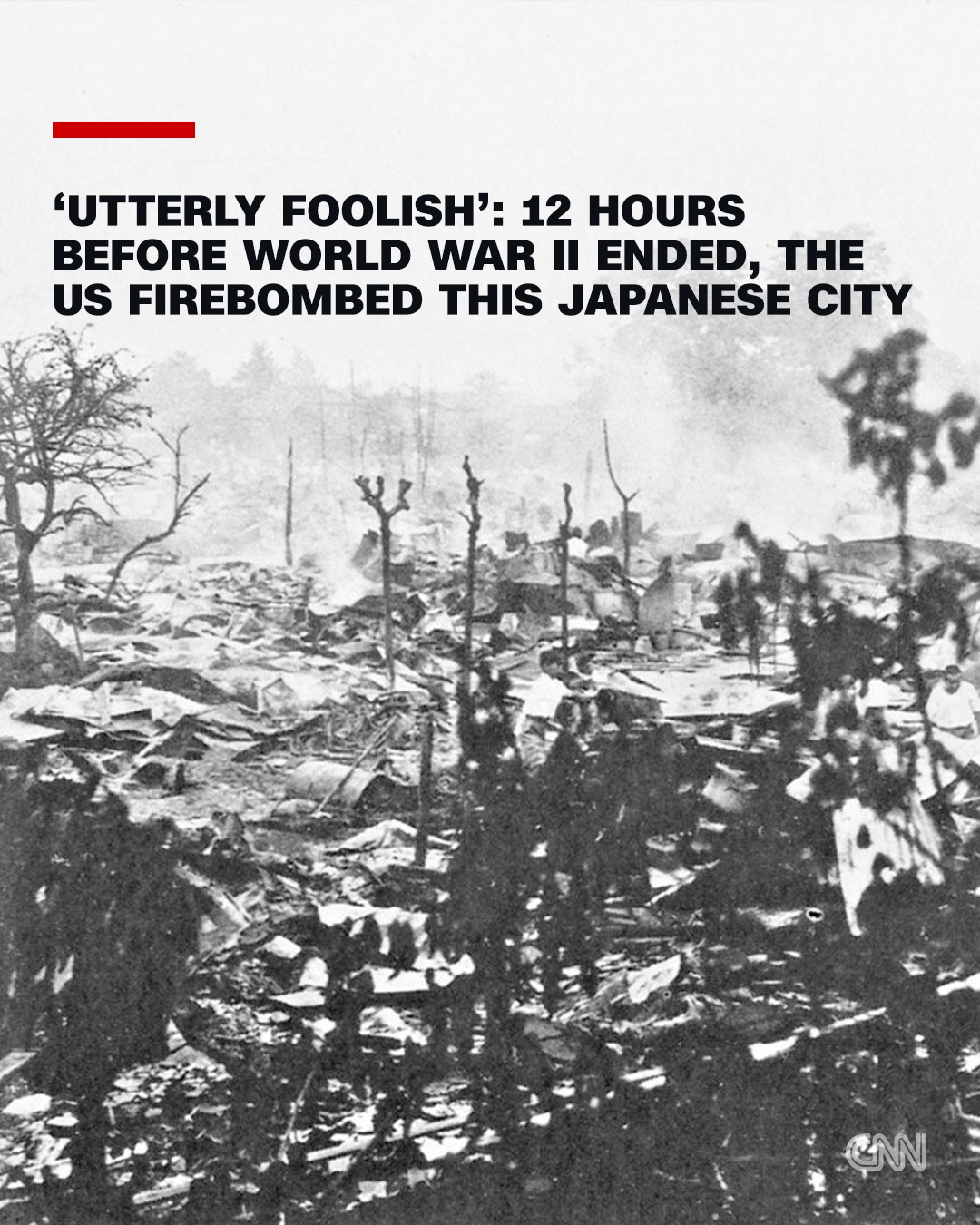
As World War II drew to a close in August 1945, peace was only hours away, yet for the Japanese city of Kumagaya, horror was just beginning.
Diaspora Digital Media (DDM) gathered that Kumagaya, a modest city of 47,000 people, was the target of a massive American firebombing raid just 12 hours before Japan’s official surrender.
That night, nearly 90 U.S. B-29 bombers unleashed about 6,000 tons of jellied gasoline, also known as napalm, upon the unsuspecting town.
Temperatures soared to over 1,000 degrees Celsius as firestorms swept through homes, streets, and sacred landmarks.
At least 260 residents were killed, over 3,000 injured, and close to 75% of the city was reduced to ashes.
By dawn, smoke hung in the air while Emperor Hirohito’s voice crackled over the radio, Japan had surrendered.
Kumagaya, in that cruel twist of timing, became the last Japanese city incinerated by U.S. forces during the war.
The attack occurred during a surreal period of silence.
After the atomic bombings of Hiroshima on August 6 and Nagasaki on August 9, which together killed more than 100,000 people instantly, U.S. bomber crews paused operations for five days, sensing the war’s end was near.
But the order came anyway: one final raid.
From Guam, warplanes lifted off into the night with instructions to listen for the code word “Utah”, the signal that peace had been declared.
It never came.
Instead, Kumagaya burned.
Journalist Homer Bigart, who accompanied the flight for the New York Herald Tribune, later described it as targeting “a pathetically small city of little obvious importance.”
Military commanders, however, claimed Kumagaya housed vital railway lines and aircraft parts manufacturers.
Col. Carl Storrie told airmen the raid would be “the final knockout blow of the war.”
For many survivors, that reasoning rings hollow.
Kazue Hojo, just 7 years old that night, recalled running with her mother and two siblings to a railway embankment, dodging the firebombs that “fell like rain.”
Her baby brother was burned on the head, her mother struck in the neck by shrapnel, both carried scars for life.
“I remember it was as bright as daytime,” Hojo told CNN decades later.
Her family’s house survived, barely, but the view beyond was a wasteland of ruin and flame.
Another survivor, poet Kazumi Yoneda, was born just before the bombs fell.
She later published The Day I Was Born, a collection capturing the trauma of her mother birthing her in a burning city.
“She held her ever-crying child in her arms,” one haunting line reads, “and stood among the ruins of her home.”
The bombing of Kumagaya was part of a brutal firebombing campaign masterminded by General Curtis LeMay, who switched from high-altitude explosives to low-flying napalm strikes after early missions failed to cripple Japanese industry.
The results were devastating.
On March 9-10, 1945, Tokyo was hit in the deadliest air raid in history, 100,000 dead in one night, more than either atomic bomb.
Other cities followed, with Toyama almost completely wiped out.
Kumagaya was simply the last, by chance.
“If the surrender had been announced just a few hours earlier,” said Kumagaya librarian Norihiro Ooi, “it would’ve been another city. But one city had to be last.”
In that final raid, countless civilians died in tragic fashion.
Many fled to a local stream, hoping the water would save them from the flames, but collapsing buildings trapped and burned them alive.
Today, a statue stands on the banks of that same stream, a silent tribute to the hundreds who died in its shallow bed.
One of the most powerful symbols of the firebombing’s legacy sits within the Sekijoji Buddhist Temple.
There, a blackened statue of revered monk Kobodaishi, scorched by napalm, bears mute witness to the destruction.
It was pulled from a collapsing temple by Tetsuya Okayasu’s father.
Okayasu, now 79, keeps the statue hidden per his father’s wishes, it should never be repaired, never be seen.
But he eventually relented for the sake of peace education, allowing children to view it at the Saitama Peace Museum.
“They asked questions, some cried,” he said. “If people are to learn about peace, they can see the statue.”
Outside the temple, a tiled gate roof remains, the only surviving structure.
Underneath it, Okayasu’s family of eight lived for six months after the bombing, sheltered by charred corrugated iron.
Survivors like Susumu Fujino, who was just 3 at the time and still bears a shrapnel scar on his shoulder, have chosen peace as their answer.
Now 83, he tends a small garden on the same land where bombs fell, cultivating rare flowers once almost wiped out by war.
“These flowers are peace,” Fujino said. “They are my way of remembering, and healing.”
In retrospect, many Americans involved in the raid expressed regret.
Vivian Lock, pilot of one of the final B-29s to strike Kumagaya, later wrote in a letter to a Japanese survivor: “I have always regretted all the innocent people killed.”
On the mission, airmen had nervously asked over the radio, “Have you heard anything yet?”, praying for the surrender code.
That plea never came.
Eighty years on, Kumagaya stands reborn, its population grown to nearly 200,000.
But for those who remember, the final hours of World War II were not a closing chapter, they were an explosion of fire, grief, and unanswered questions.
“Even the US military had hesitations,” Yoneda reflected. “I’m not going to say Kumagaya had to happen. But if war starts, it’s hard to end.
👇👇👇
Follow DDM’s official WhatsApp Channel for real-time updates.
https://whatsapp.com/channel/0029Vajkwdc4dTnFHl19vW3ghttps://whatsapp.com/channel/0029Vajkwdc4dTnFHl19vW3g
For Diaspora Digital Media Updates click on Whatsapp, or Telegram. For eyewitness accounts/ reports/ articles, write to: citizenreports@diasporadigitalmedia.com. Follow us on X (Fomerly Twitter) or Facebook



